2025 Audi RS3 Review: Is Europe’s Last Great Five-Cylinder Hot Hatch?
2025 Audi RS3 Review: Full specs, price, performance, interior, safety, pros & cons. Is this Europe’s best five-cylinder AWD hot hatch?
When the world switches to electric, the RS3 remains stubbornly single-minded with turbo howls, Quattro talons, and a soundtrack that would wake the Alps.
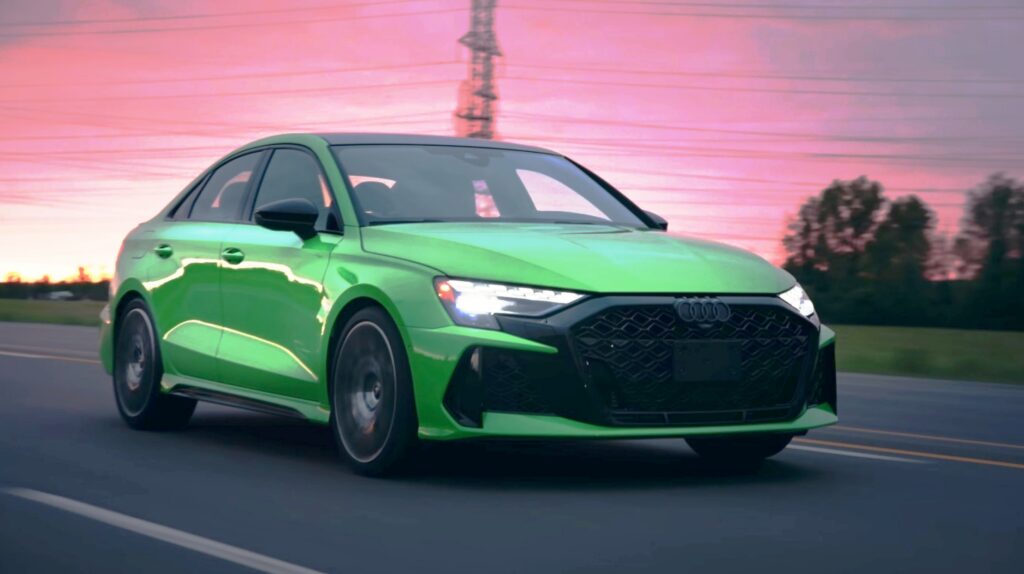
The RS3 Story: A Rally Hero
Before you encounter the 2025 Audi RS3, you must understand why it’s here at all. In the 1980s, Audi’s Quattro rally cars stormed through snow, gravel, and mud with five cylinders growling through the Rally. That distinctive engine configuration became an ID — delivering power and a sound you won’t find anywhere else.
In early 2010s: Audi’s engineers put a turbocharged five-cylinder into the humble A3, gave it Quattro all-wheel drive, and the RS3 was born. Over time, it’s become an icon — a compact car that embarrasses supercars at the lights, yet has enough boot space for the weekly shop.
For 2025, the RS3 isn’t reimagined, but it’s honed. Subtle refinements, smarter technology, a more aggressive stance, and a better-than-ever engine — primed for Europe’s finest B-roads and toughest city streets.

Interior: Subtle Luxury Meets RS Mischief
Open the frameless door, and the RS3’s interior is what Audi does best — minimalist, solid, and surprisingly comfortable for a car that can out-sprint half the vehicles on the Nürburgring.
Key details:
Materials: Soft-touch dashboard, carbon fibre or brushed aluminium inlays, contrast stitching available in red or green as an option.
Seating: Heavily bolstered RS sport seats, with optional integrated headrests and exquisite Nappa leather. Heated seats are standard; ventilation is optional.
Technology: Audi’s Virtual Cockpit Plus 12.3-inch screen now displays real-time torque split graphics — observe power spit left and right as you whoop it up. The 10.1-inch MMI Touch features wireless CarPlay/Android Auto and natural voice commands.
Extras: A 15-speaker Bang & Olufsen 3D Sound System, multi-colour ambient lighting, and a wireless phone charger in the centre console.
Build quality? It’s still class-leading. Rattles are absent, plastics are premium, and unlike some of its competitors, the infotainment doesn’t lag or hide key functions in 10 menus.

Performance: Numbers, Feel, and That Sound
Enthusiasts don’t purchase an RS3 for its badge — they purchase it for the 2.5-litre five-cylinder turbo that Audi still won’t euthanize.
Technical Deep Dive:
Power: ~400 PS (394 hp), 500 Nm torque
0–100 km/h: 3.8 seconds — quicker than a 911 Carrera
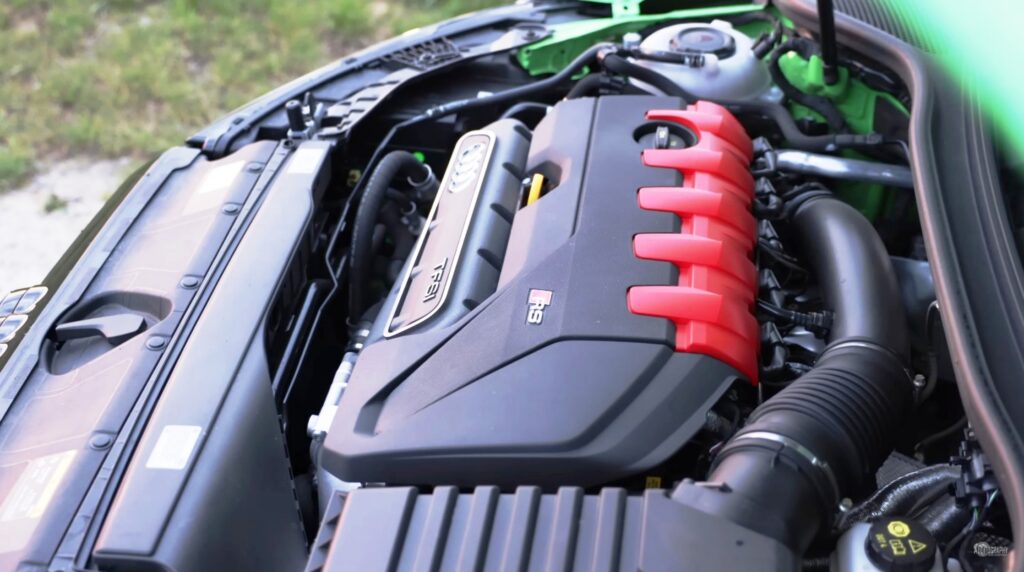
Top speed: 250 km/h (electronically restricted) up to 280 km/h for RS Dynamic pack.
Transmission: 7-speed dual-clutch (S-Tronic) — changes are swift but smooth enough for everyday driving.
Drivetrain: Quattro AWD + RS torque splitter — a sophisticated rear differential that can direct up to 100% of rear torque to either wheel for ultimate agility.
Suspension: Adaptive RS sport suspension standard. Ceramic brakes available as an option for hardcore track use.
Exhaust: RS sports exhaust is standard, but there’s an optional RS Sport Exhaust Plus with an active flap system — open it up and the crackles are nicely rude.
What’s new? The chassis adjustments result in more rear-biased handling. Classic RS3s were notoriously understeery — this one can genuinely drift on demand. There’s even an RS Torque Rear mode that renders the family hatch a hooligan when conditions permit.
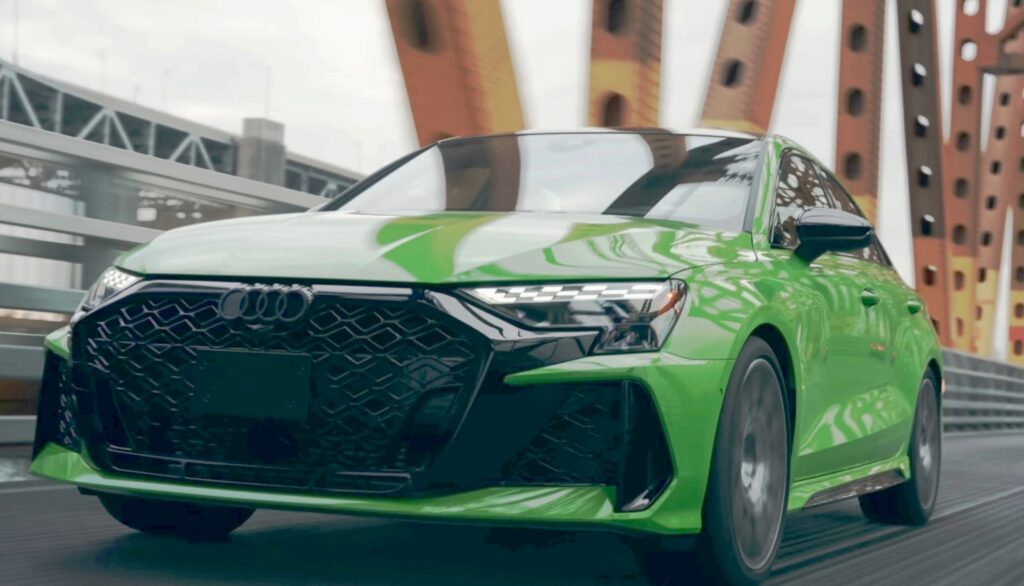
Safety and Driver Assistance: Smart Speed
It’s one thing being quick — safe at speed is what makes the RS3 usable daily.
Standard features:
Audi Pre Sense Front (auto braking)
Lane Departure Assist & Lane Keep Assist
Adaptive Cruise Assist with Stop & Go
Rear Cross Traffic Assist & Blind Spot Assist
360-degree parking cameras
Optional Matrix LED headlights that automatically dim oncoming traffic but retain full beam everywhere else.
And the RS3 rides on a super-stiff MQB Evo platform, strengthened sills, and side-impact beams — scoring perfect marks in Euro NCAP crash testing.

RS3 Real-Life Ability: One Vehicle to Do Everything
That’s why folks adore the RS3 — a vehicle you can drive to work, to IKEA, to the Alps, and then to the Nürburgring in the course of one week.
Everyday life: 5 seats, respectable hatch boot (282–335 litres depending on trim), fold-flat rear seats.
Weather: Quattro mocks rainy roundabouts. Winter tyres + Quattro = superior to any SUV when it snows.
Practical bits: Fuel economy ~30–35 mpg (UK), better than you’d expect for the power. Easy to park with front/rear sensors + top-view camera.
Saloon or Sportback? The Sportback has the more practical shape; the Saloon looks more grown-up — your call.

Pricing and Availability: Is It Worth the Premium?
The RS3 is not cheap — but for many buyers, there’s nothing else like it.
Base Price UK: ~£59,500 for the Sportback, £60,500 for the Saloon
Options: RS Design Packs, ceramic brakes, panoramic roof, upgraded exhaust — they add up quickly.
Competitors: BMW M2 (more uncooked, no AWD). AMG A45 S (more strung-up, less charm). Golf R (less expensive, less exclusive).
Order books are open throughout Europe now, and deliveries are on their way. Demand is enormous — Audi figures this could be the final generation for the iconic 2.5, so join the queue if you want the genuine article.

Pros and Cons
Pros:
Iconic five-cylinder engine with legendary exhaust note
Quattro AWD for all-weather enjoyment
Playful handling — at last, a drift mode!
Upscale interior, strong tech, everyday usability
Properly brisk — quicker than certain Porsches
Cons:
pricey when optioned up
Hatchback boot may be larger
Pinched rear legroom for lanky adults
Engine’s days are numbered — so here’s to it!

Verdict: The Best Hot Hatch for the ICE Age
If you’re hunting for a practical, fast, and character-packed hot hatch (or baby sports sedan) before everything goes silent and electric — the 2025 Audi RS3 is a perfect farewell to the riotous ICE era.
It’s fast but usable, brash but classy, comfortable but ferocious. For the price, there’s genuinely very few quite like it on the market.
Pro tip: Grab it while you can — cars such as this don't return once they're gone.
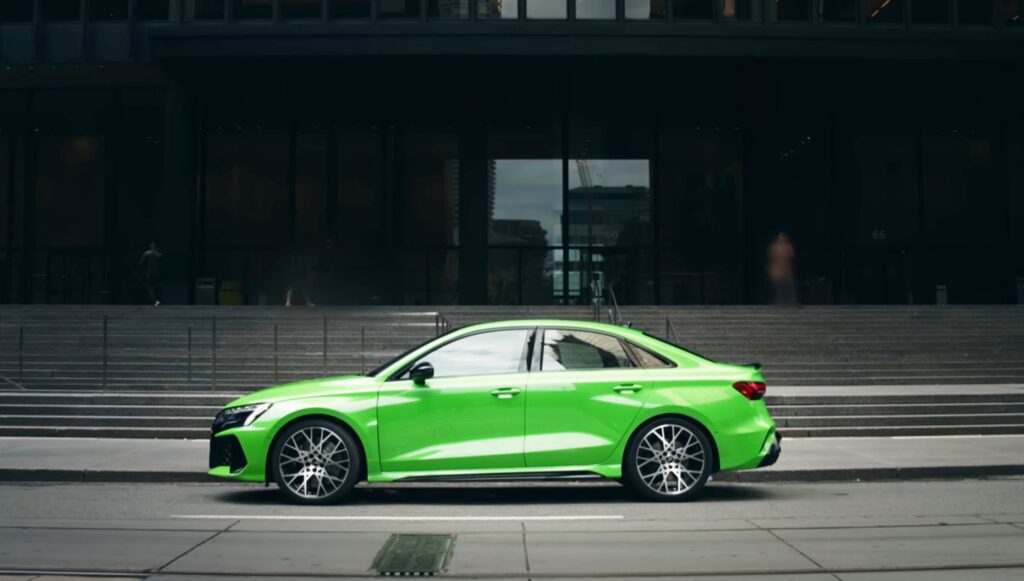
FAQs
Q: How fast is the 2025 Audi RS3?
A: 0–100 km/h in 3.8 seconds, with a top speed up to 280 km/h if you check the RS Dynamic pack.
Q: What’s the engine in the new Audi RS3?
A: A 2.5-litre turbocharged inline-five — exclusive to Audi.
Q: Is the RS3 worth purchasing in Europe?
A: If you desire AWD, daily usability, and an iconic sound — yes. There is nothing else exactly like it.
Q: Is the RS3 Sportback or Saloon better?
A: Sportback = functional, hot hatch looks. Saloon = smoother appearance, slightly larger boot opening but reduced hatch usability.
Q: Is the RS3 better than the BMW M2 and AMG A45?
A: M2 = RWD excitement, less winter-friendly. A45 S = extremely quick, but a four-pot. RS3 = perfect mix mix day-to-day.
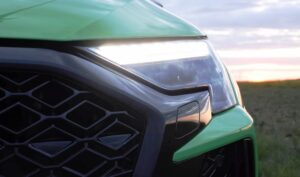
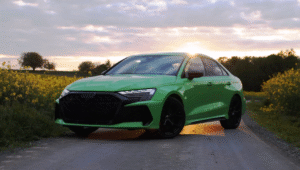

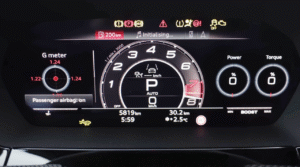
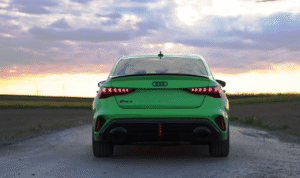
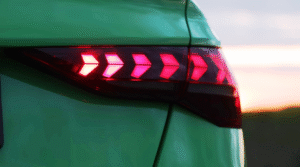
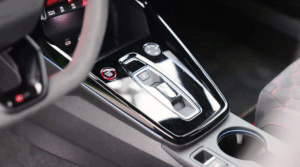
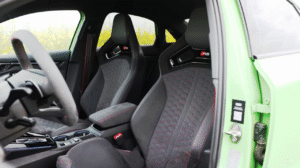
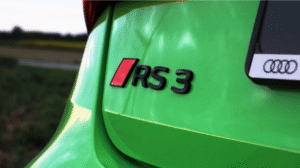








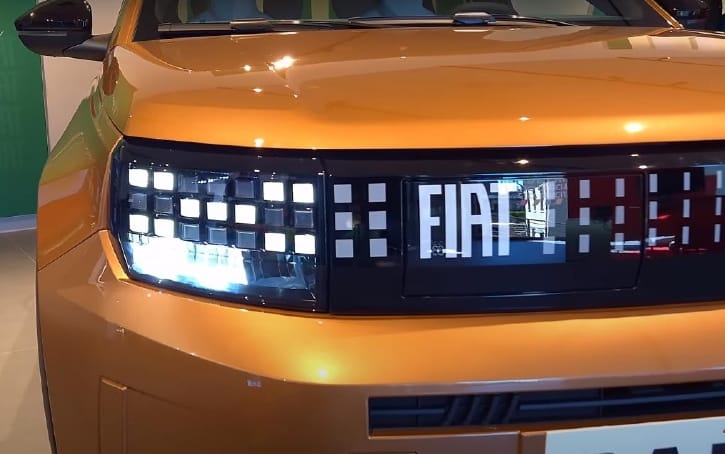
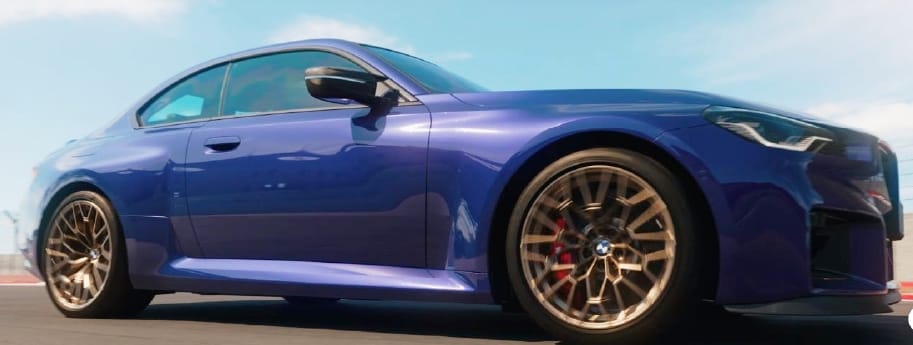
CreatBot D600 Pro 2 Industrial 3D Printer is a advanced 3D printing device designed for professionals requiring accuracy, reliability, and versatility in 3D printing. As part of the D600 series, it incorporates a large build volume, advanced dual extruder technology, and top-tier features suitable for industrial-scale applications and varied materials.
CreatBot D600 Series Overview
The CreatBot D600 Series and D600 Pro establish benchmarks for large-scale 3D printers solutions. With a build volume of 600 ? 600 ? 600 mm, these professional large format 3D printers cater to a broad spectrum of industrial 3D printing demands, from big model prototyping to end-use production. The D600 pro series and the latest D600 Pro 2 introduce further enhancements in performance and material compatibility.
Key Features and Advantages
Large Industrial Build Volume
Build size: 600 ? 600 ? 600 mm
Ideal for large-scale 3D printer projects and industrial 3D printing
Supports engineering-grade materials and complex prototypes
Dual Extrusion and High-Heat Printing
4th generation dual 1.75mm extruders for multi-material printing
Right and left extruder design for flexible printing process
Supports high performance 3D materials, including PLA, nylon filament, carbon-fiber, and more
Maximum nozzle temperature: up to 420°C (high temperature)
Heated build chamber for premium applications
Accuracy, Speed & Dependability
Professional 3D print quality with accurate layer resolution
Advanced motion system for fast printing and robust performance
Consistent print speed up to 120 mm/s
Reliable operation for continuous industrial use
Supported Materials and Filaments
Broad Filament Support
Works with a broad spectrum of filament: PLA, ABS, PC, PETG, PVA, nylon, carbon fiber, and more
Designed for engineering-grade materials and functional prototyping
Advanced dual extruder 3d printer enables multi-material and soluble support printing
Uses: Prototyping & Manufacturing
The CreatBot D600 Pro 2 model and D600 Pro 3D printer serve a diverse set of applications:
Rapid prototyping and large format 3D print models
Functional parts for automotive, aerospace, and engineering
Tooling, jigs, and fixtures for industrial production
Art, architecture, and creative projects requiring large-scale industrial 3d printing
Specs
Models: CreatBot D600 Pro 2, D600 Pro, D600
Build size: 600 ? 600 ? 600 mm
Extruders: Dual extruder, 4th generation 1.75mm dual extruders and hotends
Maximum extruder temperature: 420°C
Heated bed: up to 100°C
Filament diameter: 1.75 mm
Layer resolution: 0.05 – 0.3 mm
Supported materials: PLA, ABS, PC, PETG, PVA, nylon, carbon fiber, engineering-grade materials
Print speed: up to 120 mm/s
Chamber: Heated, for improved material properties
Interface: Touchscreen interface
File formats: STL, OBJ, AMF
Comparison: D600, D600 Pro, and D600 Pro 2
Feature Differences
D600 model: Entry-level industrial large scale 3d printer for basic applications
D600 Pro: Enhanced with heated chamber, auto bed leveling, and wider material support
D600 Pro 2 (pro version): Adds higher printing speed, improved reliability, and HS (high speed) configuration
Other CreatBot Models
CreatBot D1000 HS for even larger build volumes
CreatBot 3D printer includes industrial and professional 3d printer solutions
FAQ
Compatible Materials for CreatBot D600 Pro 2
The D600 Pro 2 is compatible with a wide range of filament types including PLA, ABS, PETG, PC, nylon, carbon fiber, and other engineering-grade materials.
Maximum Build Volume of D600 Pro 2
The build volume is 600 ? 600 ? 600 mm, supporting large model and industrial 3d printing needs.
Does the D600 Pro 2 support dual extruder and high-temperature printing?
Yes, it is equipped with dual extrusion technology and reaches up to 420°C for high-temperature printing process.
Differences Between D600 Pro 2 and D600 Pro
The Pro Version offers higher printing speed, improved reliability, and the new HS (high speed) option.
Conclusion
The CreatBot D600 Pro 2 and the D600 Pro set the benchmark in the industrial large scale 3d printer category. With exceptional build volume, robust dual extrusion system, compatibility with technical materials, and top performance across applications, they empower businesses and engineers to achieve new heights in industrial 3D print.
[url=http://www.creatbotd6002.com]d600 pro series[/url]
[url=http://creatbotd6002.com]high performance 3d[/url]
[url=https://creatbotd6002.com]d600 and d600 pro[/url]
[url=http://www.creatbotd6002.com/dual+extruder]dual extruder[/url]